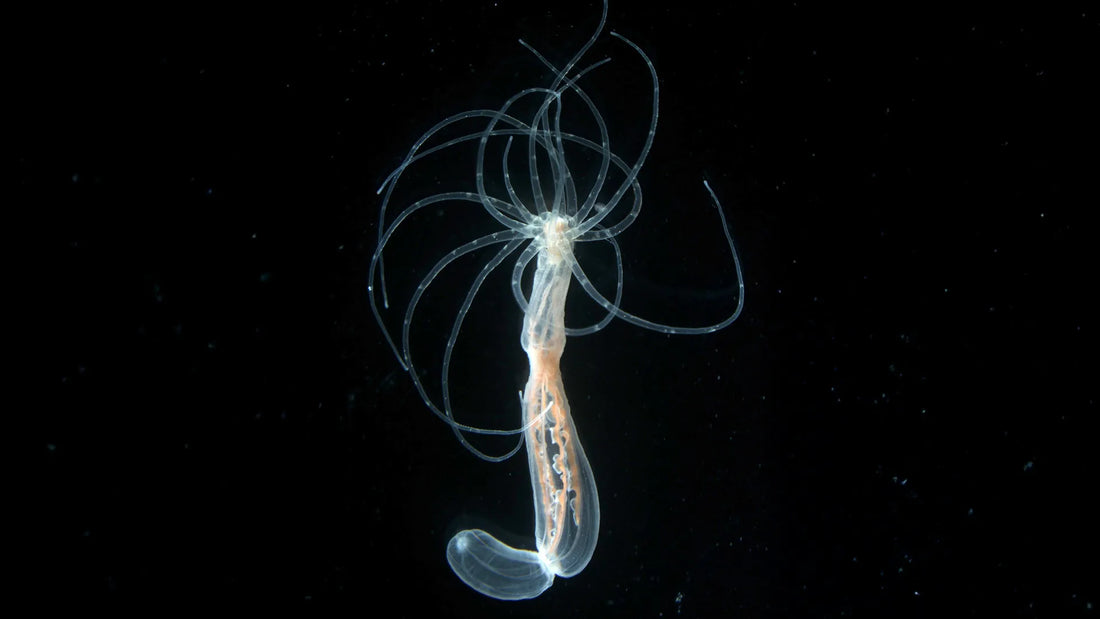
A 600 million-year-old mystery solved! Free science resource for teachers
Share
A 600-million-year-old blueprint found where?!

Adult polyp of the sea anemone Nematostella vectensis. Credit: Grigory Genikhovich
Download this resource for free
🧬 Student Summary
Scientists at the University of Vienna made an exciting discovery while studying sea anemones. These simple sea creatures use a molecular process called BMP shuttling to form a body axis—from back to belly—just like humans, insects, and many other animals. This mechanism relies on two proteins: BMP, which sends signals to cells, and Chordin, which controls how those signals spread.
In experiments with sea anemone embryos, researchers showed that Chordin must move through the embryo (not stay fixed) to create the signal gradient needed to develop a second body axis. This suggests that the ability to shape body plans using BMP shuttling evolved more than 600 million years ago, before the split between animals with two-sided symmetry (bilaterians) and creatures like sea anemones (cnidarians).
The findings hint that a common ancestor of many animals already had a bilaterally organized body plan using this mechanism. This changes our understanding of how complex life evolved.
💬 Class Discussion Question
Why is it significant that both sea anemones and bilaterally symmetrical animals use BMP shuttling? What does this tell us about the evolution of animal body plans?
📘 Multiple Choice Questions
-
What are the two main proteins involved in forming a back-to-belly body axis?
A. Actin and Myosin
B. DNA and RNA
C. BMP and Chordin
D. ATP and Enzyme -
What is BMP shuttling, and why is it important? (Short answer)
-
What did researchers change in the sea anemone embryos to test Chordin’s role? (Short answer)
-
What was the key difference between the two forms of Chordin used in the experiments?
A. One was older than the other
B. One was fixed to the membrane, and the other could move
C. One was from a jellyfish, and the other from a worm
D. One was natural, and the other was artificial -
How does this discovery change our ideas about the evolution of bilateral symmetry?
A. It proves bilateral symmetry evolved only in modern animals
B. It shows BMP shuttling is a new discovery in humans
C. It suggests bilateral body plans are very ancient and shared by many animals
D. It disproves evolution entirely
✏️ Teacher Answer Key
-
C. BMP and Chordin
-
(Short answer) BMP shuttling is when Chordin helps move BMP proteins across the embryo to form a signaling gradient, which tells cells where to form body parts.
-
(Short answer) They blocked Chordin and reintroduced either a mobile or fixed version to see which could restore the body axis.
-
B. One was fixed to the membrane, and the other could move
-
C. It suggests bilateral body plans are very ancient and shared by many animals
Download this resource for free
Source:
https://www.sciencedaily.com/releases/2025/06/250616040228.htm
